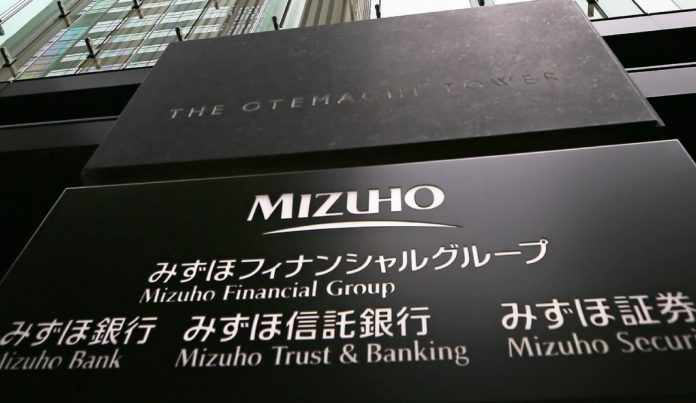February was characterised by the introduction of virtual currency projects by two major banks, JP Morgan‘s JPM Coin and Mizuho‘s J-Coin Pay payment platform.
Although the two projects seem to be based on the same application technology, in reality, they have profound conceptual and structural differences, also because it has not yet been confirmed whether or not J-coin will use the blockchain.
J-Coin by Mizuho Bank, which is basically like a “stablecoin” pegged to the Yen, is a project of shorter duration, more conceptually simple and with immediate application.
The project began in 2017 but was immediately designed as a tool for the retail application, with the aim of becoming a widespread system of payment at low cost. Therefore, Mizuho has been strongly committed to the essential elements of an entrepreneurial project of this kind, namely:
- The creation of a banking network that would accept the token;
- The creation of a retail network that would accept it as a payment;
- Programming a simple, intuitive customer interface that can be used by anyone.
Apparently, Mizuho has succeeded in offering a payment system that, thanks to the agreement with Alipay, is even expected to expand internationally. A complex challenge, but linear in its business logic: Mizuho wants to replace the credit cards and has created a suitable payment system: J-Coin Pay.

JP Morgan‘s JPM Coin project is different. Although the project took off earlier and had a much longer technological evolution, based on a solid foundation like Quorum, for now, the test will only be applied to internal wholesale transactions.
This has led to a much simpler product, which certainly doesn’t need an interface to handle any retail transaction.
At the same time, the bank has not yet had to create external relations, not even at the wholesale level, because JPM Coin is only applied internally.
So the JPM Coin project is just a technological demonstrator at this stage, with a lot of work still ahead of it and has extremely different aims. The product is proposed for wholesale payments, therefore to manage not single transactions, but a continuous exchange of data and payments: a sort of channel that is always open on both sides.
The evolution of such a system can have two directions:
- towards a retail implementation, but in this case it would be necessary to study a retail interface and this would put JPM Coin behind both J Coin and many other payment systems based on cryptocurrencies that are more advanced;
- towards a wholesale implementation, but external, towards other banking institutions. In these cases, a system of fiduciary payment could be launched, with fractional reserve, which would overcome the limitations imposed by the use of Fiat currencies also at the level of capitalisation indices.
While the J-Coin project is more advanced and interesting in the short term for the retail consumer and is applied in a country, Japan, where virtual currencies are already very widespread, the JPM Coin project has a longer-term perspective and is aimed at revolutionising the credit and interbank services sector.
Two different perspectives that make the two projects not even competitive, as J-Coin competes with credit and debit cards, while JPM coin competes with the SWIFT international transaction system.



